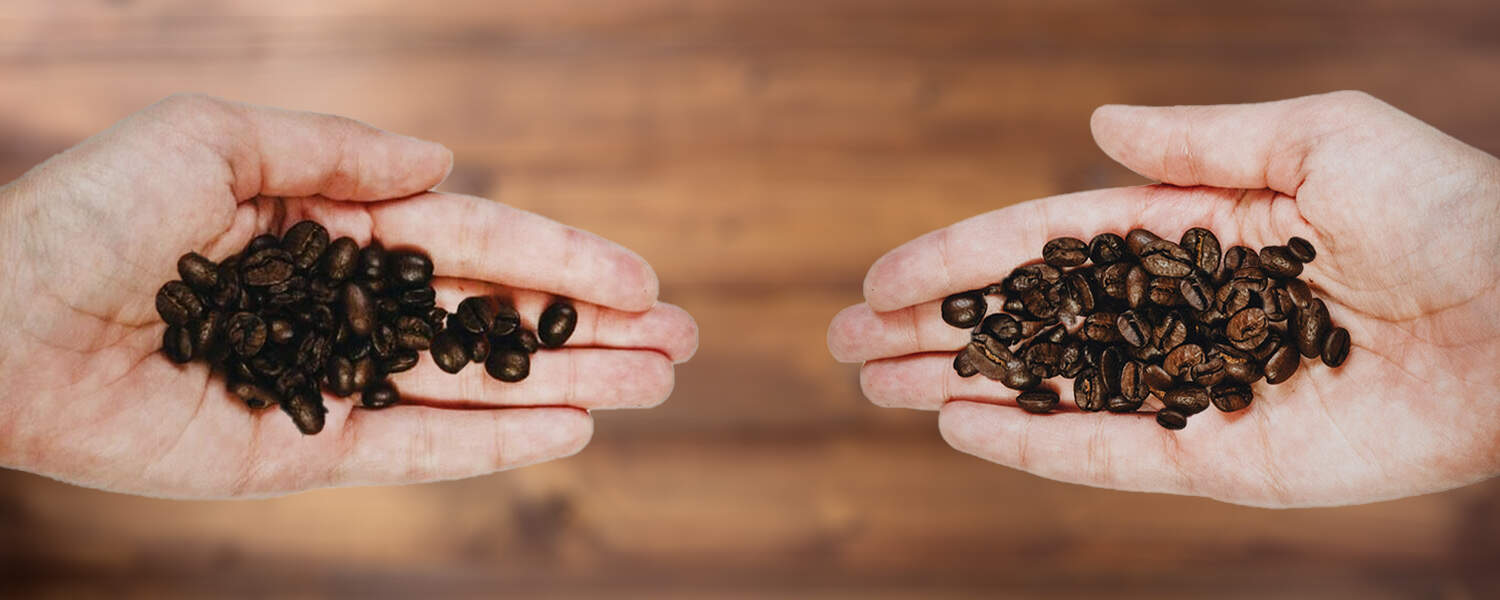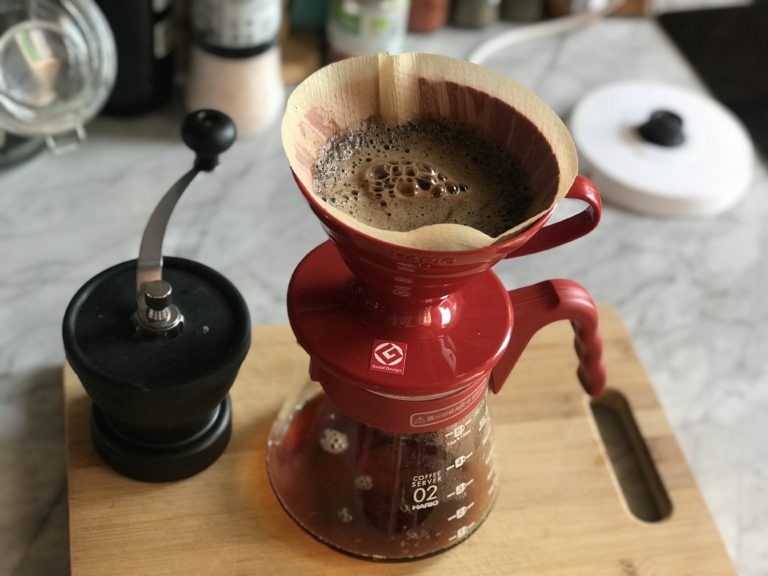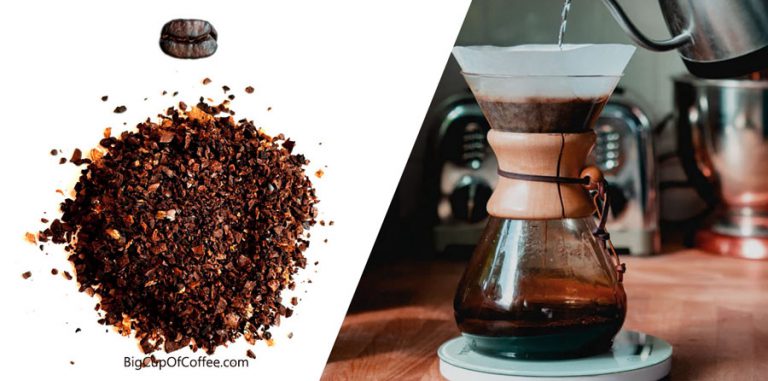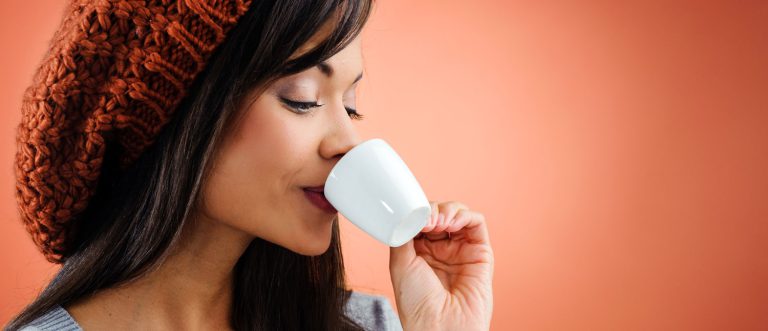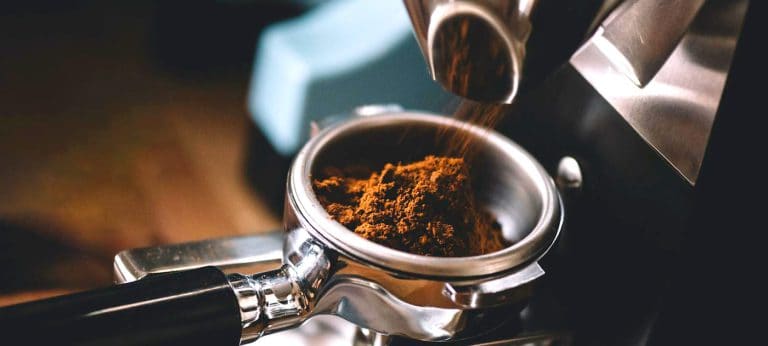7 Key Differences Between Arabica vs. Robusta Coffee
There are two main types of beans: Arabica and Robusta. While they may look similar, these beans have different flavor profiles and are used differently.
There are several key differences between these two types of coffee, with Arabica often considered higher quality.
But is it?
Let’s have a look at the differences and similarities between Arabica and Robusta.
What is Arabica?
Arabica coffee is the world’s most popular type of coffee, making up around 60% of the world’s coffee production. It is native to Ethiopia and is grown in many countries, including India, Latin America, East Africa, and Papua New Guinea. It was even migrated to Hawaii, to become known as Kona coffee.
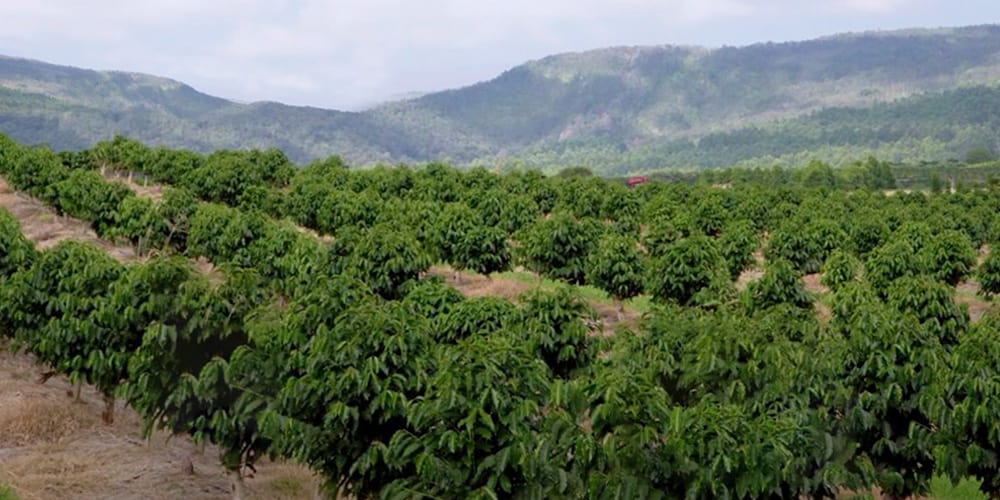
Arabica coffee is known for its superior flavor and quality, and is used in specialty coffee. It is also more challenging to grow and process than other types of coffee, which contributes to its higher price.
Many different coffee drinks are made from Arabica, including espresso, cappuccino, and latte.
What is Robusta?
Robusta is a coffee plant grown in areas of the world with a hot climate, making up around 39% of the world’s yearly coffee production. It is mainly grown in Uganda, Western Africa, Indonesia, and Vietnam.
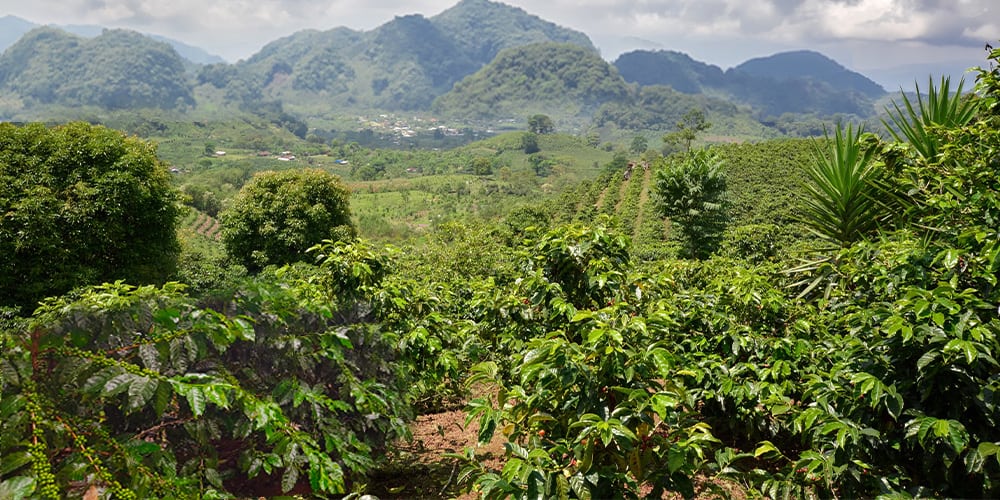
It is a strong, “robust” plant that can withstand high temperatures, lots of rainfall, and is resistant to diseases and insects. The coffee beans from Robusta beans are smaller, have more caffeine and higher acidity, making them harsh and bitter.
Robusta is often used in instant coffee and espresso blends because it has a higher caffeine content and a more bitter flavor.
What are the differences between Arabica and Robusta coffee beans?
Both beans have characteristic features in terms of taste, appearance, cultivation, and so on.
In general, Arabica beans are grown at higher altitudes, have a delicate flavor, and contain less caffeine but more sugar than Robusta beans, which are produced at lower altitudes, have a more “robust” flavor and more caffeine.
Now let me walk you through the exact differences between the two coffee species.
| Coffea Arabica | Coffea Canephora | |
|---|---|---|
| Regions | India, Latin America, East Africa, and Papua New Guinea | Uguanda, Western Africa, Indonesia, and Vietnam |
| Altitude | 600 – 2000 meters | 300 – 600 meters |
| Climate | Constant temperature between 15-25°C, high humidity, shady | Warm temperatures up to 26°C, humid, more rainfall |
| Maturity | 3-4 years | 2 years |
| Harvest cycle | Yearly harvest | Yearly harvest |
| Share of market | 60% | 39% |
| Bean shape | Larger, oval, with a curved line | Smaller, round, with a straight line |
| Caffeine | 1,1 – 1,70% | 2 – 4,5% |
| Sugar | 6 – 9% | 3 – 7% |
| Chlorogenic acids | 1 -2% | 2 – 4% |
| Oil | 15 – 17% | 10 – 12% |
| Taste | Very diverse: fruity, sweeter, chocolate, berry, flower | Not so diverse: Woody, earthy, strong, bitter |
Growing conditions
Arabica and Robusta are both descended from the coffee plant called Coffea in Latin.
They both belong to the Rubiaceae family, so the two beans are cousins – the same plant descended from different subspecies.
Arabica only grows at high altitudes between 600-2000 meters, so it is often referred to as highland coffee. Such mountainous regions are difficult to reach with machines, so Arabica beans must be harvested by hand.
Robusta beans grow at lower altitudes between 300-800m, so harvesting machines can easily reach them.
They are more resistant to weather and disease than Arabica, which also increases their yield.
Shape and size
When looking closely, it is easy to tell Arabica and Robusta coffee plants apart based on the shape of their leaves and flowers.
The plants already have notable differences:
- Arabica grows to 2.5 – 4.5 meters tall, while Robusta grows between 4.5 – 6 meters.
- The Arabica plant has rather pointed leaves and coffee cherries that are evenly distributed over the branch. The plant usually has five leaves on the leaf bases’ tufts.
- While Robusta plant leaves are smaller and elliptical, their flowers are often multiple and located on the leaf axils. The coffee cherries grow together in clusters.
Examining the beans of processed coffee cherries makes the differences even more apparent:
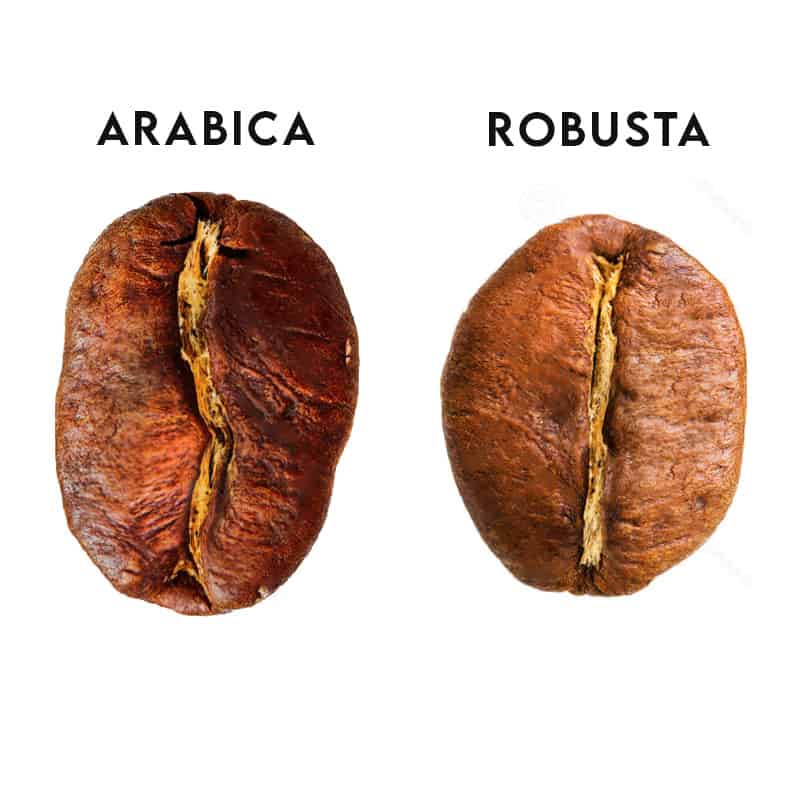
- Arabica coffee beans differ in size, shape, and color. The unroasted green Arabica bean is greenish, while Robusta unroasted beans are yellow-brownish.
- After roasting, the beans are still easily distinguished simply by looking at them. Arabica beans are larger, flatter, and have a more oval cut. Most varieties of Robusta beans are much smaller and more roundish than the oval Arabica. Arabica beans are flatter in general, while Robusta is rounder.
- The line in the center of the coffee bean also distinguishes the two varieties. The line on the Arabica bean is gently curved, but it is a straight line on the Robusta bean.
Taste
Arabica beans are more popular because they are more aromatic, milder, and harmonious, and contain more coffee oils and sugar, making them sweeter than Robusta.
Hundreds of different aromas have been identified in Arabica coffee, making them very diverse in taste. When tasting coffee made from Arabica beans, you’ll discover fruity, nutty, chocolatey, honey, berry flavors, and many more.
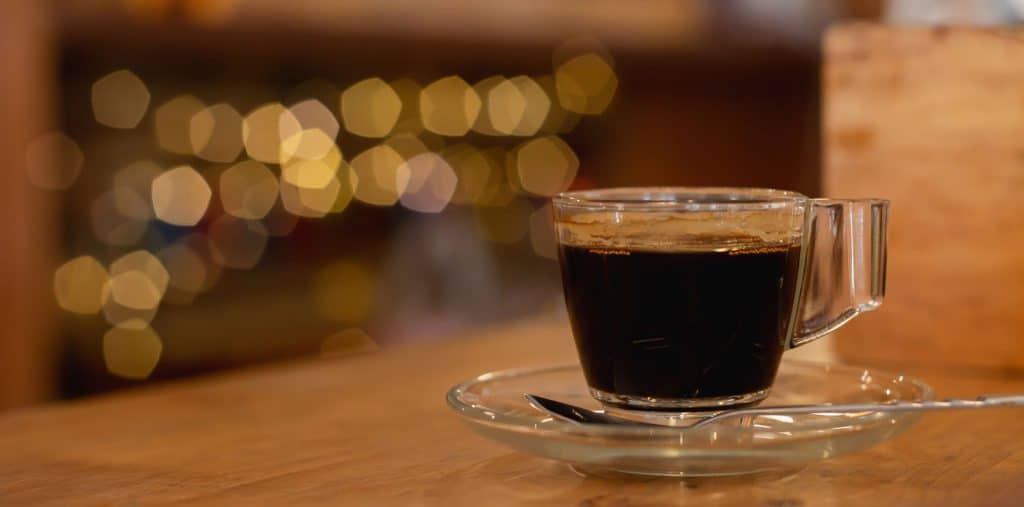
On the other hand, Robusta beans are not as popular because they taste darker and have nutty, earthy, cocoa notes. Robusta coffee is also more bitter than Arabica. Robusta is generally considered stronger and less diverse in taste than Arabica.
Robusta may sound less appealing, and by itself, it is.
However, Arabica-Robusta blends are popular, but I’ll talk more about this later.
You should also remember that the quality of the green coffee bean, the roasting process, and brewing is always decisive when it comes to the final taste of coffee.
Caffeine

There is a difference in the caffeine content of Arabica and Robusta beans as well.
- The caffeine content of Arabica beans is around 1.1% – 1.7%
- The caffeine in Robusta beans is between 2% – 4.5%
On average, you can expect Robusta to have double the caffeine content of Arabica.
And before you change your morning brew to 100% Robusta for its stimulating effects, you should know that caffeine has a bitter taste.
This means that coffee made of Robusta beans, or blends with a higher Robusta percentage, will be more bitter than 100% Arabica.
Interesting fact: Due to the lower caffeine content, Arabica beans are often used to produce decaffeinated coffee.
Crema
Even though crema does not determine the taste of your cup of coffee, it is something you like to see on your espresso.
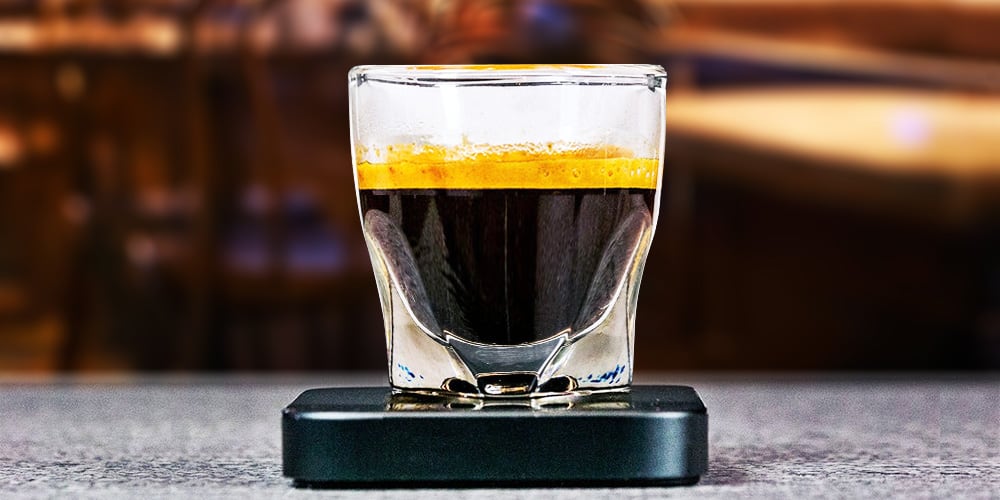
Usually, fresh coffee produces rich, aromatic crema that is pleasing to the eye.
Robusta beans generally produce more crema during preparation, which is why they are often added to lower-quality coffee you buy in supermarkets. This way, even old coffee has crema.
Price
The price of Arabica is about double that of Robusta. There are a few reasons for this.
- It takes 3-4 years for an Arabica coffee tree to mature, while Robusta coffee trees only take about 2 years. This means that farmers have to wait longer to harvest Arabica beans, producing less coffee.
- Harvesting Arabica beans by hand on steep mountain slopes is difficult. In contrast, Robusta can usually be harvested with machines.
- Arabica coffee beans are more delicate. They are more susceptible to diseases and pests.
- The demand for Arabica coffee is much higher than for Robusta. This is due to the superior flavor of the beans (smoother, less acidic, and more complex flavors) and the growing popularity of specialty coffees.
Characteristics of Arabica-Robusta blends
In an effort to achieve a specific, enhanced flavor profile, coffee beans are often sold as blends.
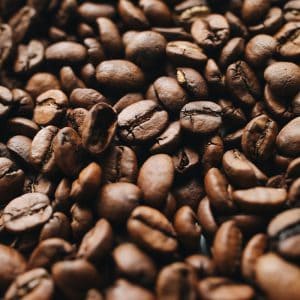
What is a coffee blend exactly?
A coffee blend is a mixture of two or more different types of coffee beans from different origins. The flavor profile of a coffee blend is determined by the proportion of each coffee bean used in the mixture.
An Arabica-Robusta coffee blend is a type of coffee made with a mixture of Arabica and Robusta beans. As you already know, Arabica beans are known for their sweeter, more delicate flavor, while Robusta beans are known for their stronger, more robust flavor.
The two types of beans are often blended together to create a coffee with a more well-rounded flavor profile.
What does the future hold?
Climate change is affecting coffee production around the world. Temperatures are increasing and rainfall amounts are changing, drastically affecting coffee tree cultivation.
In some regions, the climate is becoming too hot and dry, making it harder for coffee plants to grow.
This may all give rise to more Robusta coffee, or even the emergence of a new varietal.
In either case, try both types of beans, compare them, and let me know your opinion in a comment.

